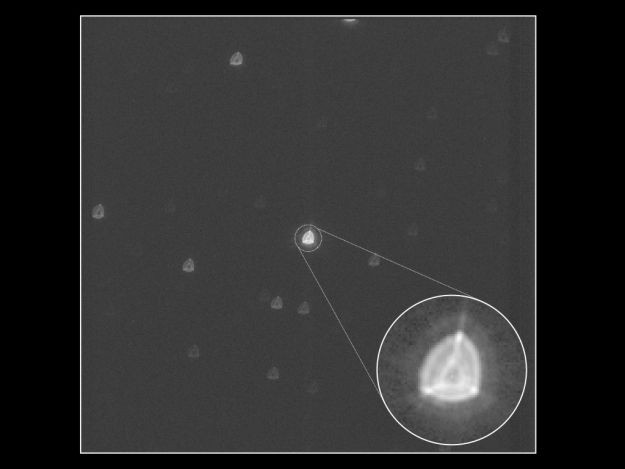ESA Unveils First Image Captured By Exoplanet-Hunting CHEOPS Mission

KEY POINTS
- ESA shared the first photo taken by the CHEOPS mission
- The space telescope snapped a photo of a star
- ESA intentionally defocused the telescope's optics
The European Space Agency (ESA) has released the first image taken in space by its exoplanet-hunting telescope. The agency noted that the image looks blurry because the optics of the telescope were intentionally defocused for better precision.
Launched by the ESA in December last year, the Characterizing Exoplanet Satellite (CHEOPS) is a space telescope that’s designed for hunting exoplanets or those that lie beyond the Solar System. A month after its launch, the agency opened the cover of its telescope.
For its first image, CHEOPS took a photo of a distant star known as HD 70843. This stellar object is located in the constellation Cancer and is about 150 light-years from Earth’s neighborhood.
The star is highlighted in CHEOPS’ photo and is surrounded by other stellar objects. According to CHEOPS principal investigator Willy Benz of the University of Bern, the photo serves as a significant milestone for the mission because it means the telescope survived its trip to space.
“The first images that were about to appear on the screen were crucial for us to be able to determine if the telescope’s optics had survived the rocket launch in good shape,” he said in a press release.
“When the first images of a field of stars appeared on the screen, it was immediately clear to everyone that we did indeed have a working telescope,” he added.
Despite the initial success of the mission, its first image appears a bit blurry. As explained by the ESA, the quality of the photo, as well as the odd shape of the star, were caused by the deliberate defocusing of the telescope.
According to the agency, defocusing CHEOPS’ optics can provide better precision because it spreads out the light produced by the other stars over multiple pixels.
“The peculiar shape of the stars in the image is a result of the deliberate defocusing of the CHEOPS optics, which spreads the light from each star over many pixels,” the ESA explained. “This makes the measurements of the starlight more precise, as they are much less sensitive to small differences in the response of individual pixels in the CCD and to variations in the telescope pointing.”
© Copyright IBTimes 2025. All rights reserved.





















